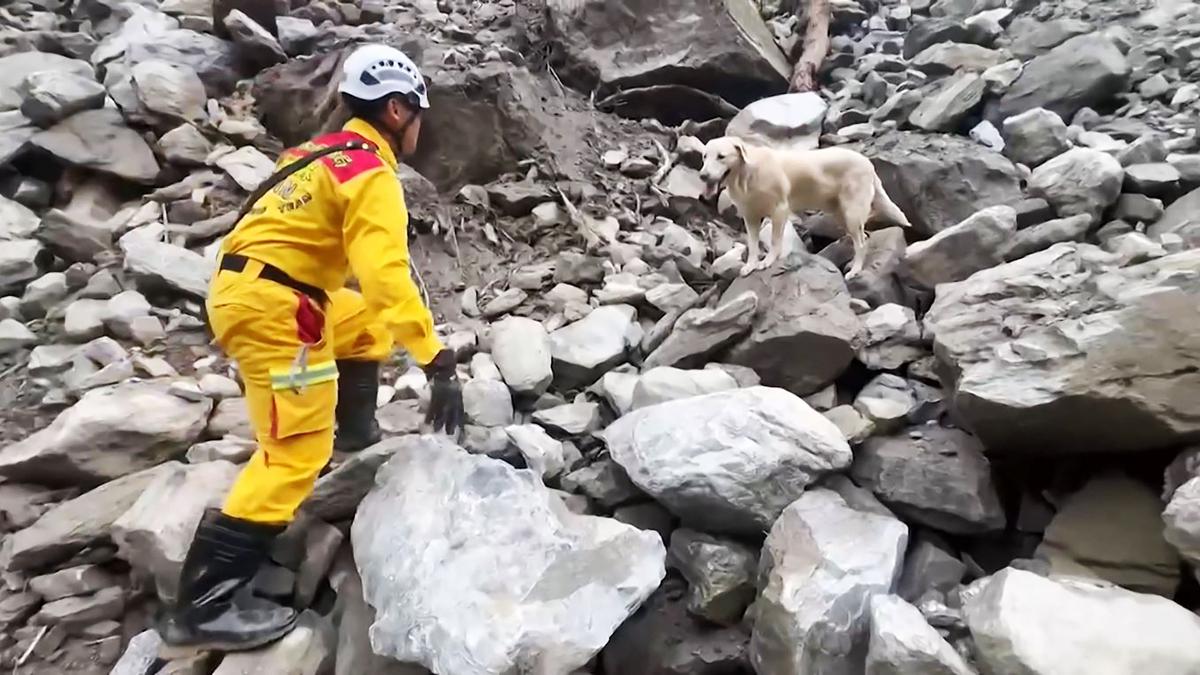
A lesson from Taiwan in quake resilience Premium
The Hindu
The 1999 earthquake in Taiwan was a major wake-up call which led to critical administrative reforms to improve the emergency response and reduce disasters
In the last two decades, major earthquakes have occurred in many parts of the world including Indonesia, Japan, China, Italy, Nepal, Afghanistan, Pakistan, Ecuador, Mexico, Morocco, and the Turkey-Syria border. On April 3, Taiwan was struck by an earthquake of 7.4 magnitude. These earthquakes cannot be treated as random occurrences, as earthquake-prone regions share some tectonic similarities.
Earthquakes occur in certain regional bands. The spatial distribution is explained by the theory of plate tectonics, which explains how the Earth’s outermost layer, the lithosphere, is broken into 15 major fragments or plates which are constantly moving relative to each other. This is why powerful earthquakes are concentrated along convergent plate boundaries like the Himalayas, a tectonic product of the convergence of the Indian and Eurasian plates.
The earthquake in Nepal in 2015 caused severe devastation in central Nepal, but spared India. This was an example of an earthquake originating from under the Himalayas. On April 4, 2024, the region around Manali in Himachal Pradesh was struck by an earthquake of magnitude 5.3. On the same day, 119 years ago, an earthquake occurred near Kangra, not far from Manali, killing thousands of people and levelling the buildings in the region.













